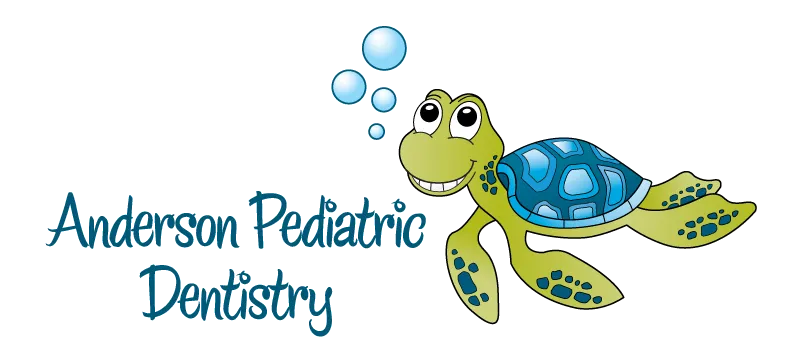When your child comes in for a routine cleaning or exam, we want to be as thorough as possible and catch any issues before they become problematic. This includes examining the gums, bone structure and developing teeth. X-rays allow us to check under the gums and inside the teeth. They can also help us to see cavities forming between teeth, which is not visible to our naked eyes.
While x-rays provide valuable insight into your child’s dental health, we also understand your concern about the radiation your child receives during the x-ray. We are committed to making every procedure at our office as safe as possible and encourage you to read the following information to learn more.
The AAPD is a member of the Alliance for Radiation Safety in Pediatric Imaging — the Image Gently Alliance. Our office supports the standards and recommendations put forth by the Alliance. We wish to optimize the radiation dose used in dental imaging exams performed on children through the following guidelines and standard practices:
- Select X-rays for individual needs, not as a routine. Use X-rays only when essential for diagnosis and treatment — based on a review of the patient and their dental history.
- Always use a thyroid shield. The thyroid gland in children is particularly sensitive to radiation. Use of a properly positioned shield significantly reduces the dose to the thyroid.
- Child-size the exposure time. Less exposure time is needed for children as oral structures are smaller than in adults.
- Digital x-rays - First and foremost, digital radiography reduces patient’s exposure to radiation—usually 70 to 80 percent. Many patients are very relieved that digital radiology significantly lowers the amount of radiation they will receive.
MEASURING THE SAFETY OF DENTAL X-RAYS
We understand that parents can feel apprehensive about exposing their child to radiation during dental x-rays and we want to help alleviate your concerns. Most of the fear about x-rays lies in not knowing just how much radiation your child will be exposed to. We offer this comparison to hopefully ease any concerns our patients might have. Feel free to ask as many questions as you would like.
uSv (dose in microsieverts)
0.1 Eating one banana (from the potassium it contains)
0.2 Single digital dental x-ray, periapical or bitewing view
1.4 Series of 7 digital x-ray bitewing views
3.6 Full mouth set of 18 digital x-ray periapical and bitewing views
34-68 i-Cat Cone Beam 3D CT-scan (# depends on scan parameters) Cone Beam CT-Scanners are classified by the FDA as having no to minimal risk.
60 Medical frontal or lateral chest x-ray
70 One-week background dose at average elevation in the U.S. (78uSv per week if at elevation of Colorado plateau.) Keep in mind that background radiation exposes the entire body, while dental and medical x-rays reach only the parts of our bodies seen the in the x-ray image.
70 Additional dose from living in a stone, brick, or concrete building for one year
80 Round-trip airplane flight New York to Los Angeles
350 Mammogram
400 Yearly dose from natural potassium in the body
700 Medical x-ray of the abdomen
2,000 Medical CT-scan of the head
3,600 One-year background dose at average elevation in the U.S.
8,000 Medical CT-scan of the chest
10,000 Medical CT-scan of the abdomen
10,000 Exposure from cooking with natural gas every day (from radon) for one year
13,000 Smoking one pack of cigarettes per day for one year
16,000 Coronary angiogram
50,000 Radiation worker one-year dose limit set by the U.S. National
Council on Radiation Exposure, and the U.S. FDA
100,000 Lowest one-year dose clearly linked to increased risk of any cancer
